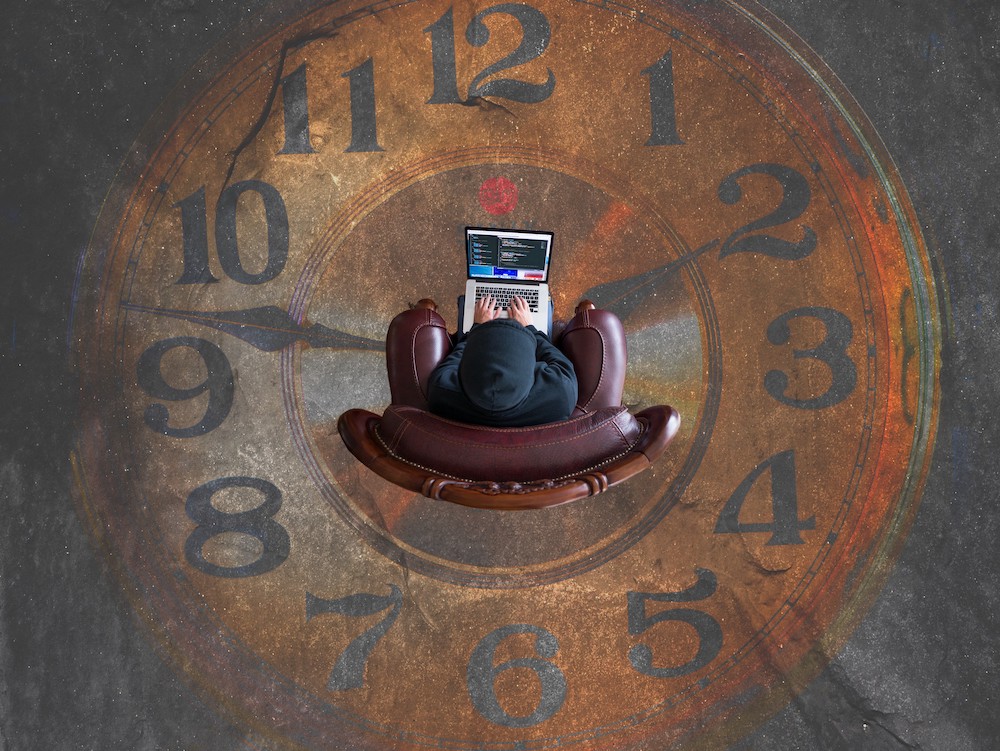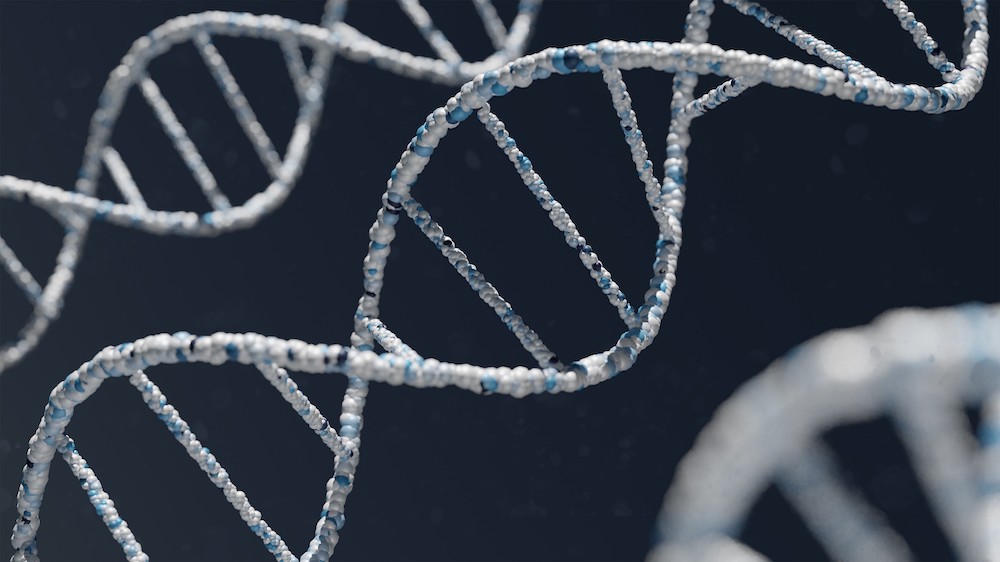As we celebrate Star Wars Day on the fourth of May, what better way to celebrate than a little fun fact display?
The number four is quite a special number. In fact, it might be more special than you think.
For years, people have come across the number four in so many of their discoveries, inventions, cultures, beliefs, and daily lives. To some, it represents the elements of matter. To others, it is a superstition that begets death.
But the number four represents more than that.
Here, I would like to share with you four of the most interesting facts I know about the number four.
Let’s get started.
1. We live in a 4-dimensional realm of existence called space-time.

For years, we had understood that we lived in a three-dimensional space, consisting of length, width, and height (or depth). However, in 1908, a mathematician named Hermann Minkowski proposed the unification of space and time to redefine Einstein’s special theory of relativity, which led to the discovery of the space-time continuum.
Simply put, our existence cannot take place without time.
For instance, say you want to meet a friend after work at a bar. You send them the location of that bar — which typically is based on two spatial dimensions: longitude and latitude.
Then, your friend asks you: “What floor is it?” Say it’s a rooftop bar in a 10-storey building. So, you tell her “it is on the 10th floor” — which is based on the third spatial dimension: height.
Now, if you leave it as such, you might not be able to meet her because there’s still one dimension missing — and that’s time. You need to specify what time you are meeting her. So, you tell her “at 7:00 pm”, and then you have a beautiful evening with your friend.
In order to exist in space, you need to exist in time. And while space is three-dimensional, space-time is 4.
2. The ancient Greeks believed in 4 elements of matter.

Almost 2500 years ago, the Greeks came up with a theory, which stated that everything was made up of 4 basic elements: earth, water, air, and fire.
Later, in the 4th century BC, Aristotle claimed that those are, in fact, 4 simple bodies made of a combination of another set of 4 elements: cold, hot, dry, and moist. Every two elements made up a simple body.
- Cold x Dry = Earth
- Cold x Moist = Water
- Hot x Moist = Air
- Hot x Dry = Fire
He believed that by interchanging the elements, the bodies could be transformed into one another. This was a primal notion of what we know today as chemical change.
3. Our genetic code that distinguishes every living being from one another is made of 4 bases.

In every DNA molecule at the most basic level, there are 4 distinct bases, also known as nucleotides. They are called adenine (A), thymine (T), cytosine (C), and guanine (G).
The DNA molecule is made of two strands twisted in a helix around each other. Each strand contains a series of these 4 bases divided into sequences called genes. The strands hold onto each other via bonds between the bases: adenine from one strand pairs with thymine from the other, and cytosine from one strand pairs with guanine from the other.
The way those bases are strung together is what defines our genetic code, the foundation of our biological diversity.
4. In East Asia, some people have a fear of the number 4 known as tetraphobia.

The Chinese word for the number 4 is sì, which sounds very similar to the Chinese word for death, sǐ. Because of this resemblance, many people in East Asia, especially China, Korea, and Japan, tend to consider the number 4 unlucky.
This fear of the number 4 — aka tetraphobia — is why a lot of buildings in those countries do not include the fourth floor and skip directly from the third floor to the fifth.
It is also quite important to take care when dealing with this number in daily life. For instance, people strictly avoid mentioning the number 4 in front of a sick relative. They take extra care not to give someone four of something. They also tend to avoid setting appointments on days like the 4th of April.





